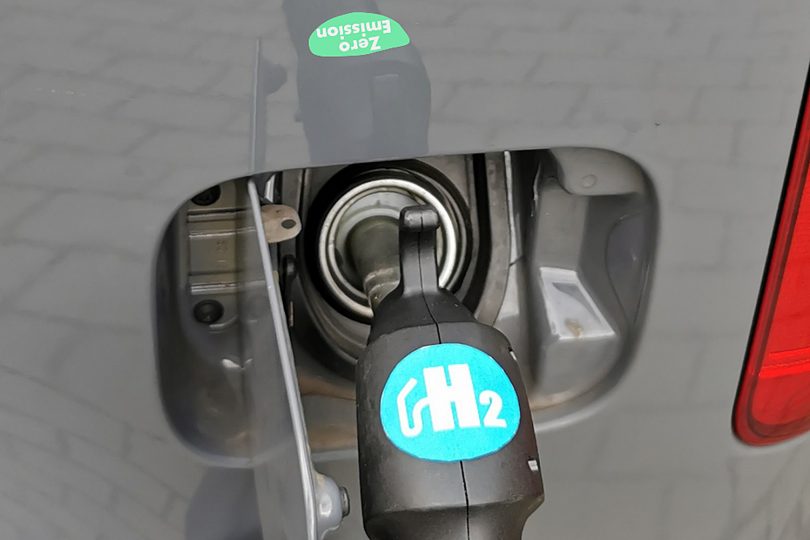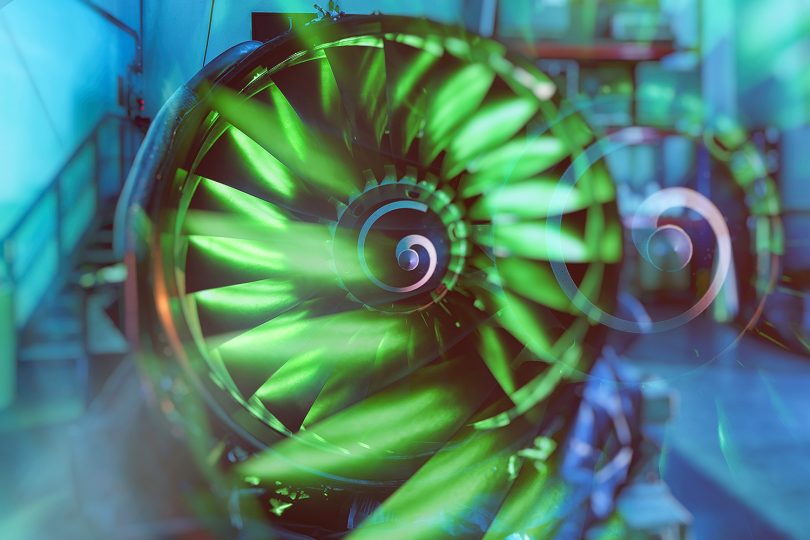Future aircraft configurations Dr.-Ing. Stanislav Karpuk heads a Junior Research Group in the Cluster of Excellence SE²A
New technologies and innovative aircraft concepts are needed to drastically reduce aircraft emissions, noise and energy consumption and to realise climate-neutral air transport in the long term. Solutions could be, for example, technologies for laminar flow control and active load reduction, but also new types of aircraft configurations, such as the Blended Wing Body. These and other technologies must be integrated, evaluated and optimised at the overall aircraft level. This is where the research of the Junior Research Group (JRG) “Long-Range Aircraft Configurations and Technology Analyses” in the Cluster of Excellence SE²A—Sustainable and Energy-Efficient Aviation—at TU Braunschweig comes in. A conversation with JRG leader Stanislav Karpuk.

Dr.-Ing. Stanislav Karpuk. Credits: TU Braunschweig
What does your junior research group deal with?
We focus on the overall aircraft design assessment of potential future aircraft and propulsion technologies for more sustainable and energy-efficient aviation. Our work includes developing capabilities for multi-fidelity methods in conceptual aircraft design to answer specific design-oriented questions. Many of the technologies we will look at in our project are new and have a rather low technology maturity. So there is still plenty of research to be done here.
What are you and your group currently researching?
We are currently working on several smaller tasks in the project. On the one hand, we are focusing on the conceptual design and feasibility studies for a long-range aircraft powered by hydrogen fuel cells with a Blended Wing Body, which combines the wing and the fuselage into one integral shape. Our second research focus is on reduced order modelling of laminar flow control of aircraft wings for early design phases.
What tools and methods are used in your research work?
We focus heavily on numerical capabilities and develop toolchains for faster aircraft sizing, analysis and optimisation. The tools include our own scripts for the initial dimensioning of aircraft with low-fidelity methods, medium-fidelity methods using software packages from our cluster partners, and high-fidelity open-source or commercial programmes for computational fluid dynamics and finite element analysis.
What relevance does the topic have for the aviation of the future – especially with regard to reducing the climate impact of aircraft?
On the one hand, our research aims to evaluate the potential feasibility of different technologies from the overall perspective of the aircraft and to predict their potential performance capabilities within the design limits of the aircraft. On the other hand, it aims to suggest potential aircraft configurations that may be more suitable for novel technologies and to highlight potential design constraints, problems and limitations that need to be addressed to enable more sustainable aviation.
What is it about your research work that appeals to you?
We want to make our research activities more practice-oriented to ensure that all activities within the Cluster of Excellence have a more product-oriented view. Of course, imposing constraints makes the design process more challenging and difficult, as many solutions may not be applicable. Therefore, the process of finding technical solutions and compromises makes the work more interesting.
Which disciplines do the researchers in the junior research group come from?
We are aerospace engineers with some years of industrial experience in the field of aircraft performance, certification, as well as structural and aerodynamic analysis. We have only been working together as a group since this summer. So there is still a lot of joint research work ahead of us.


